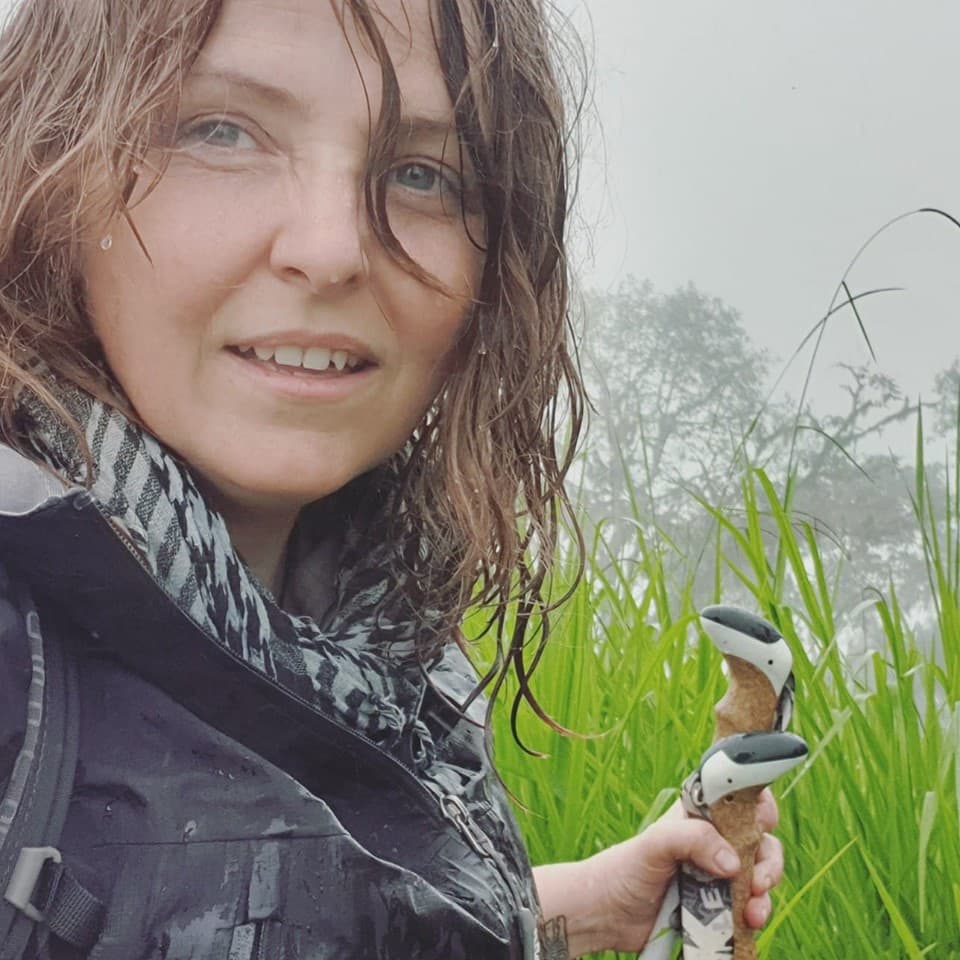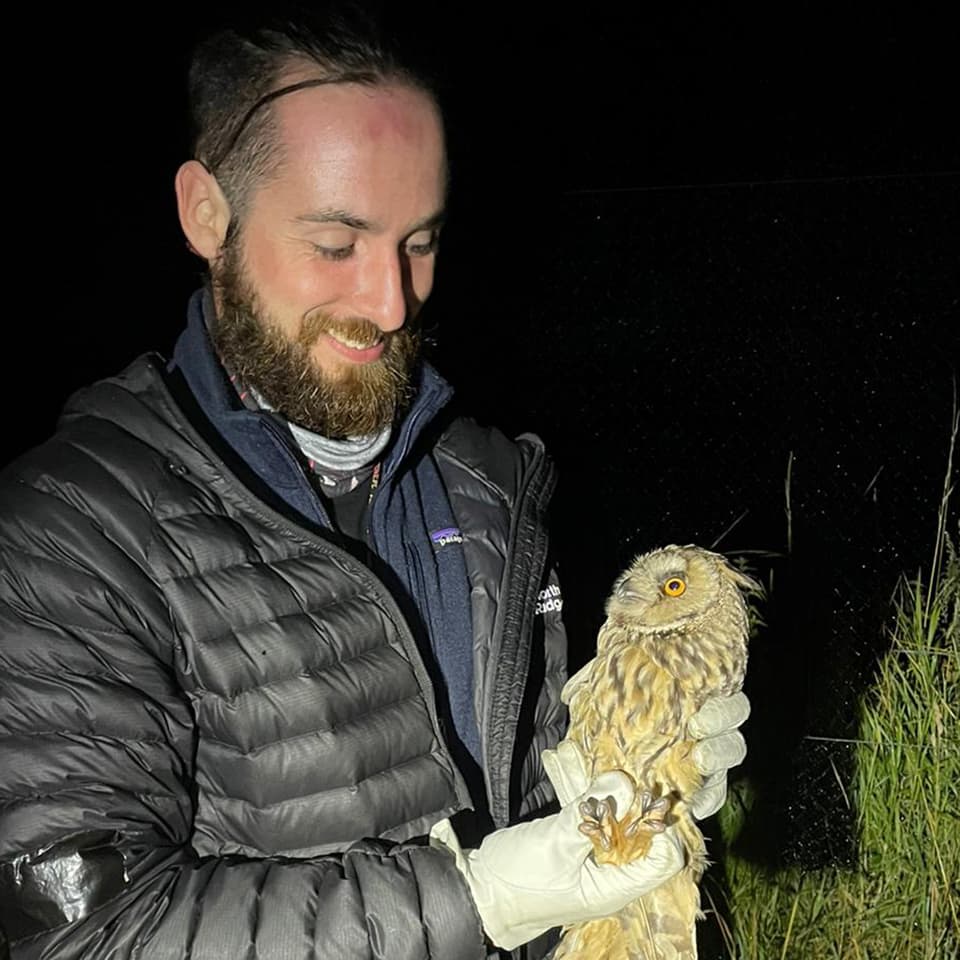Now Available ON-Demand
Bats & Trees aims to help you improve the quality of surveys undertaken, which in turn will improve the conservation of tree-roosting bat species; while also improving the safety of those involved with trees surveys for bats.
Featuring over 6 hours of CPD from this must-see cross over event, perfect for arborists, ecologists and anyone with an interest in the subject.
Despite the high level of legal protection, recent research has highlighted the difficulties of effectively surveying trees for bats. Bats frequently move roosts making it difficult to know if a tree is used by bats. As bat roosts are protected whether bats are present or not, this has serious implications for tree management.
There is a growing number of ecologists who climb trees to look for bats and also a growing number of arborists developing an increase in ecology. Whilst some cross-discipline working is taking place, there is scope for much more. By running a two-day event on the topic of Bats and Trees we hope to encourage more ecologists and arborists to work together, sharing knowledge and experience.
Bats and Trees had two main aims:
- Improving the quality of surveys undertaken, which in turn will improve the conservation of tree-roosting bat species; and
- Improving the safety of those involved with trees surveys for bats.
The two-day event was comprised of a mix of presentations and workshops from experts from both ecology and arboriculture, themes included:
- Bat ecology and roosting behaviour
- Advances in survey techniques
- Practicalities of surveying trees for bats
- Compliance with legislation and industry best practice
Bats and Trees - Programme
Day 1 Presentations
|
Topic
|
Speaker
|
|
Welcome & introduction
|
Jim Mullholland (Arboricultural Association)
|
Morning sessions – Bat ecology and roosting behaviour
|
|
Never underestimate a Potential Roost Feature
|
Morgan Hughes (University of Wolverhampton) and Scott Brown (Coppice Ecology)
|
|
New approaches to surveying trees for bats
|
Jim Mullholland (Arboricultural Association)
|
|
Can we create bat roosts in living trees?
|
Sean Shereston (Arbology)
|
|
Morning speaker Q&A
|
|
Afternoon sessions – Practicalities and legalities of surveying trees for bats
|
|
Work at Height Regulations – the regulator’s perspective
|
Chris Maher (Health and Safety Executive)
|
|
Two rope working and new technical guides in arboriculture; climbing and aerial rescue (TG1)
|
Simon Richmond (Arboricultural Association)
|
|
Refreshment break
|
|
Managing bat roosts in trees; an arborist’s perspective
|
Lee Gwyther (Grounded Trees)
|
|
Discussion forum – how can ecologists and arboriculturists work together to improve tree surveys for bats?
|
|
|
Afternoon speaker Q&A
|
|
Day 2 Workshops Available
|
Workshop
|
|
Ash dieback and tree risk management - John Parker (Arboricultural Association)
|
|
Using the Bat Tree Habitat Key data to inform survey design and effort - Louis Pearson (BTHK project)
|
Bats and Trees - Speakers

Morgan Hughes
University of Wolverhampton

Scott Brown
Coppice Ecology
Never underestimate a Potential Roost Feature
Abstract
During routine pre-parturition monitoring of a known large maternity roost of noctule (Nyctalus noctula) bats with a previous (post-parturition) peak count 68 individuals, we observed and recorded 28 individual noctule bats emerging from a feature. This emergence was followed by the subsequent emergence of 51 Daubenton’s bats (Myotis daubentonii). Shared maternity roosts of this size have not been previously recorded. Later in the season, the entire limb supporting the roost feature (a north-facing knothole) came down in a storm. This afforded us the opportunity to create a transverse section of the entire feature, providing detailed schematics of the dimensions of characteristics of the 6m feature, including roosting locations of each species. We present the data including infra-red and thermal footage of the emergence. While inter-species cohabitation in roosts has been recorded before in some species in small numbers, this is the first record of a shared roost of this type and size between these two species, and a unique insight into the structure of a significant roost feature at the time of use.
Lee Gwyther
Grounded Trees
Managing bat roosts in trees; an arborist’s perspective
Abstract
Managing trees with bat roosts is a challenging activity, requiring close working between the ecologist and arborist. An detailed understanding of both bat roosting ecology and tree management are required if the work is to be planned and executed safely and without impacts on bats. But how effective is communication and partnership working at present, and what could be improved? Lee is a bat licensed arborist, specialising in habitat management. He will share some of his experiences managing trees with bats and share what works and where improvements are needed.

Jim Mullholland
Arboricultural Association
New approaches to surveying trees for bats
Abstract
Through recent research, standard survey techniques used to determine whether a bat roost is present in a tree have been shown to have significant limitations. Guidance provided in the seminal ‘Bat Roosts in Trees’ book requires a significant increase in survey effort compared to the Bat Conservation Trust’s ‘Bat Surveys for Professional Ecologists: Good Practice Guidelines’. How do we address these limitations whilst not increasing an excessive financial burden? Jim will share new the results of an on-going research project which aims to improve the quality of surveys whilst not breaking the bank.

Sean Shereston
Arbology
Can we create bat roosts in living trees?
Abstract
Effective mitigation and compensation techniques are essential components for the conservation of any species. Despite good intentions, the success of most bat mitigation is either limited or not proven. To further complicate things, options for compensating for the loss of bat roosts in trees are almost entirely limited to the provision of bat boxes. The loss of old and hollow trees is cited as a reason for the decline of several of tree specialist bat species. With limited options of how to replace these lost roosts, how do we ensure the survival of these bat species? There is a growing interest in creating bat roost features in trees, however few studies have assessed the efficacy of these. Sean will outline the aims of an on-going research project which seeks to improve the prosects for tree roosting bat species.

Simon Richmond
Arboricultural Association
Two rope working and new technical guides in arboriculture; climbing and aerial rescue (TG1)
Abstract
The evolution of tree climbing techniques and the guidance to support climbers, their supervisors and managers has developed considerably in recent years. Driven by technical innovation, arboricultural ingenuity and regulatory pressure, the standards expected, for both professional practice and legal compliance, have raised the bar beyond the expectations of many.
This presentation will set the scene for these developments and describe the key changes to professional tree climbing practice, as set out in the new suite of Technical Guides produced by the Association.